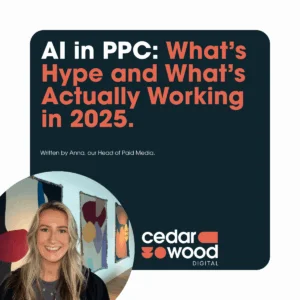AI has completely reshaped how we think about paid media. Every platform from Google Ads to Meta is pushing automation, machine learning, and “smart” campaign types.
However, while AI has brought significant progress to paid media, many new tools still overpromise and underdeliver. The challenge is knowing which ones actually drive performance.
Here’s a clear look at what’s working in PPC right now and what’s still more hype than help.
The Hype: “AI Can Run Your Campaigns for You”
One of the most common misconceptions about AI in advertising is that it can handle everything automatically. In theory, that sounds great, fewer manual tasks and more efficiency. But in practice, it’s rarely that simple.
AI is powerful, but it relies on the data and structure you give it. If conversion tracking is incomplete or campaign goals aren’t clear, automation will optimise in the wrong direction.
The most effective marketers use AI as a supporting system, not a replacement for strategic oversight.
What’s Actually Working: Smarter Bidding (With Clean Data)
Automated bidding has matured significantly. Platforms like Google’s Smart Bidding, Meta’s Advantage+, and Microsoft’s Automated Rules now make real-time adjustments to reach CPA or ROAS targets more effectively than most manual approaches.
However, performance depends heavily on data quality. To get the best results:
- Use conversion-based tracking, ideally with offline conversions or value-based signals.
- Maintain enough conversion volume (around 30 per campaign per month) to help AI learn patterns.
- Set focused objectives, avoid blending awareness and conversion goals in the same campaign.
When data and intent are clear, automated bidding can consistently outperform manual optimisation.
What’s Working: Predictive Audiences & First-Party Data
With third-party cookies disappearing, audience targeting is increasingly powered by AI. Tools like Google’s Demand Gen campaigns and Meta’s predictive audiences use behavioural and contextual signals to find users most likely to convert.
In 2025, the advertisers seeing the strongest results are those who:
- Integrate first-party CRM and email data into ad platforms.
- Use AI-driven audience expansion carefully, focusing on high-value lookalikes.
- Continuously test predictive audiences that adapt to performance data in real time.
AI can’t replace audience strategy, but it can help marketers uncover intent signals they couldn’t see before.
The Hype: “AI Writes Better Ads Than You Can”
AI writing tools have become mainstream. ChatGPT, Jasper, and Gemini can all generate headlines, descriptions, and even landing page copy in seconds.
These tools are excellent for speeding up brainstorming and testing variations, but they aren’t perfect substitutes for human creativity. AI tends to produce safe, generic copy that often lacks brand personality or emotional pull.
The best approach is a hybrid one:
- Use AI to generate starting points or testable variations.
- Refine messaging based on customer insight and voice.
- Keep running structured A/B tests to identify what resonates.
AI can help you move faster, but your audience will still respond to authenticity.
What’s Working: Creative Testing
Creative testing is one area where AI truly delivers measurable benefits. Modern ad platforms can now analyse engagement patterns across hundreds of asset combinations and automatically shift budget toward the top performers.
Dynamic creative optimisation, responsive search ads, and auto-generated asset tests are particularly effective when advertisers provide diverse inputs, including multiple headlines, visuals, and calls-to-action.
The more high-quality options you feed the system, the faster it can learn which creative elements drive conversions.
Looking Ahead: AI’s Next Steps in PPC
AI innovation in PPC isn’t slowing down. Over the next year, expect to see:
- Cross-channel learning, systems that share data between Google, Meta, and CRM platforms.
- Predictive budgeting, algorithms forecasting spend efficiency by audience or device.
- Conversational campaign creation, tools that let marketers build ads directly through chat interfaces.
Each of these advancements has potential, but their effectiveness will still depend on the fundamentals: data quality, strategy, and human oversight.
Final Thoughts
AI has become an integral part of PPC, but it’s not a replacement for experienced marketers. Automation can streamline workflows, surface insights, and improve efficiency but it can’t define goals or interpret context.
The most successful advertisers in 2025 are using AI strategically: leveraging automation for what it does best while staying closely involved in creative direction, data accuracy, and campaign structure.
AI doesn’t eliminate the need for expertise; it makes expertise even more valuable.

